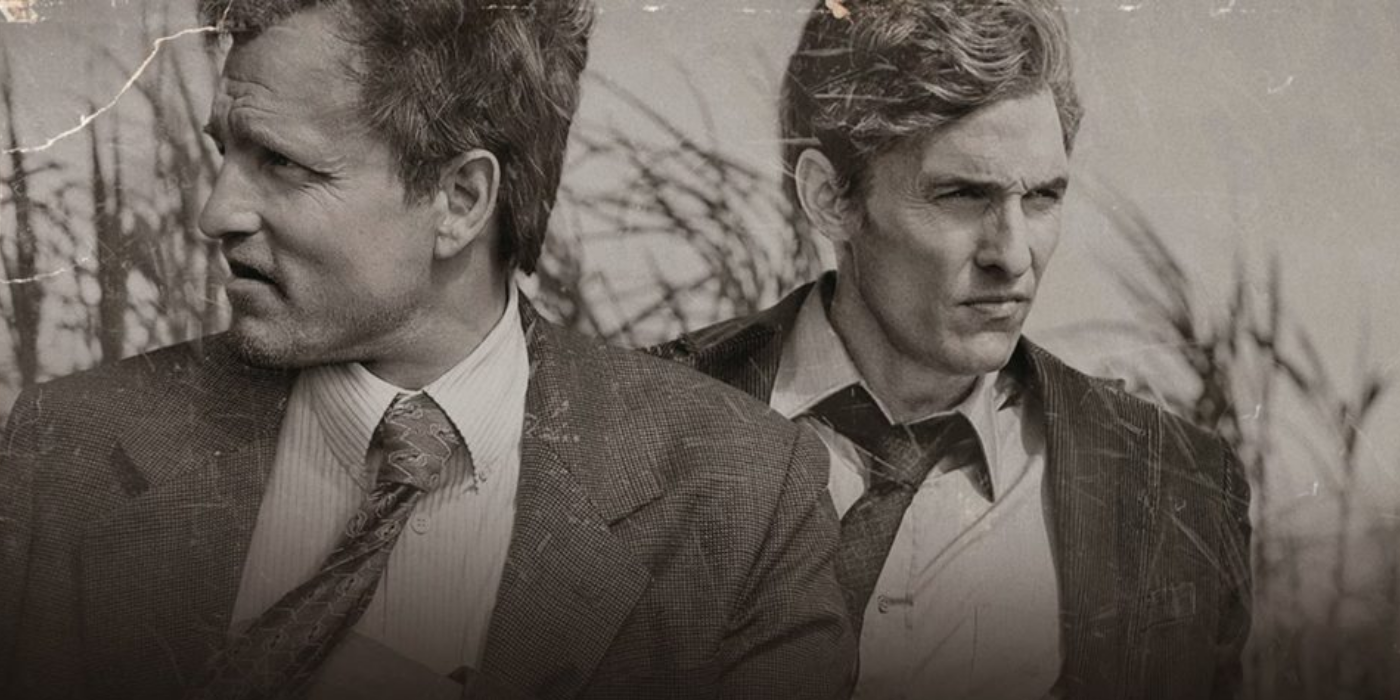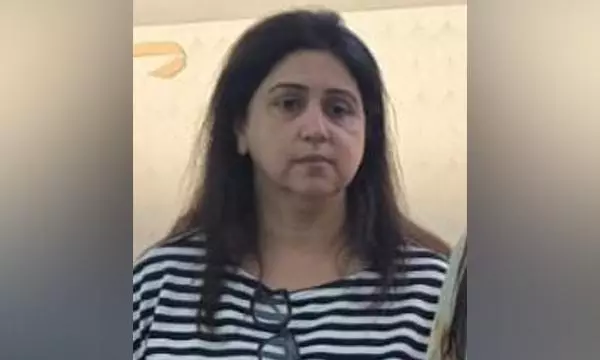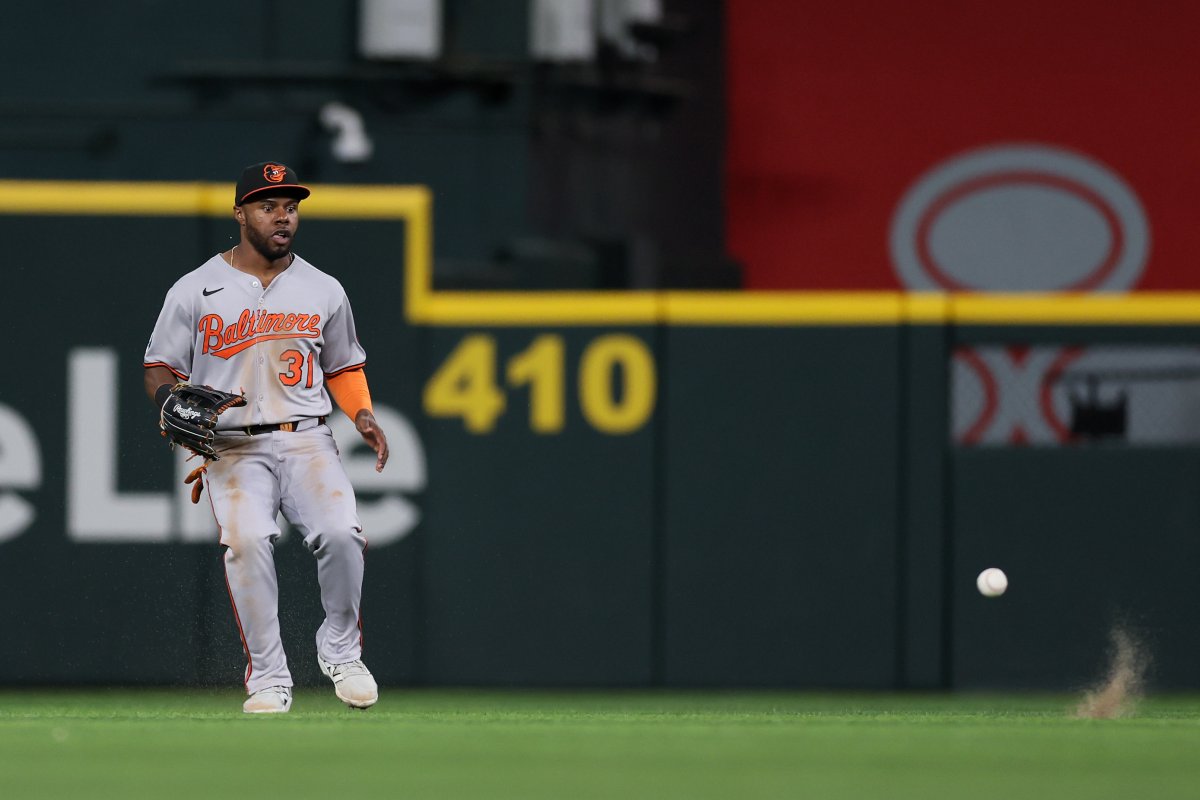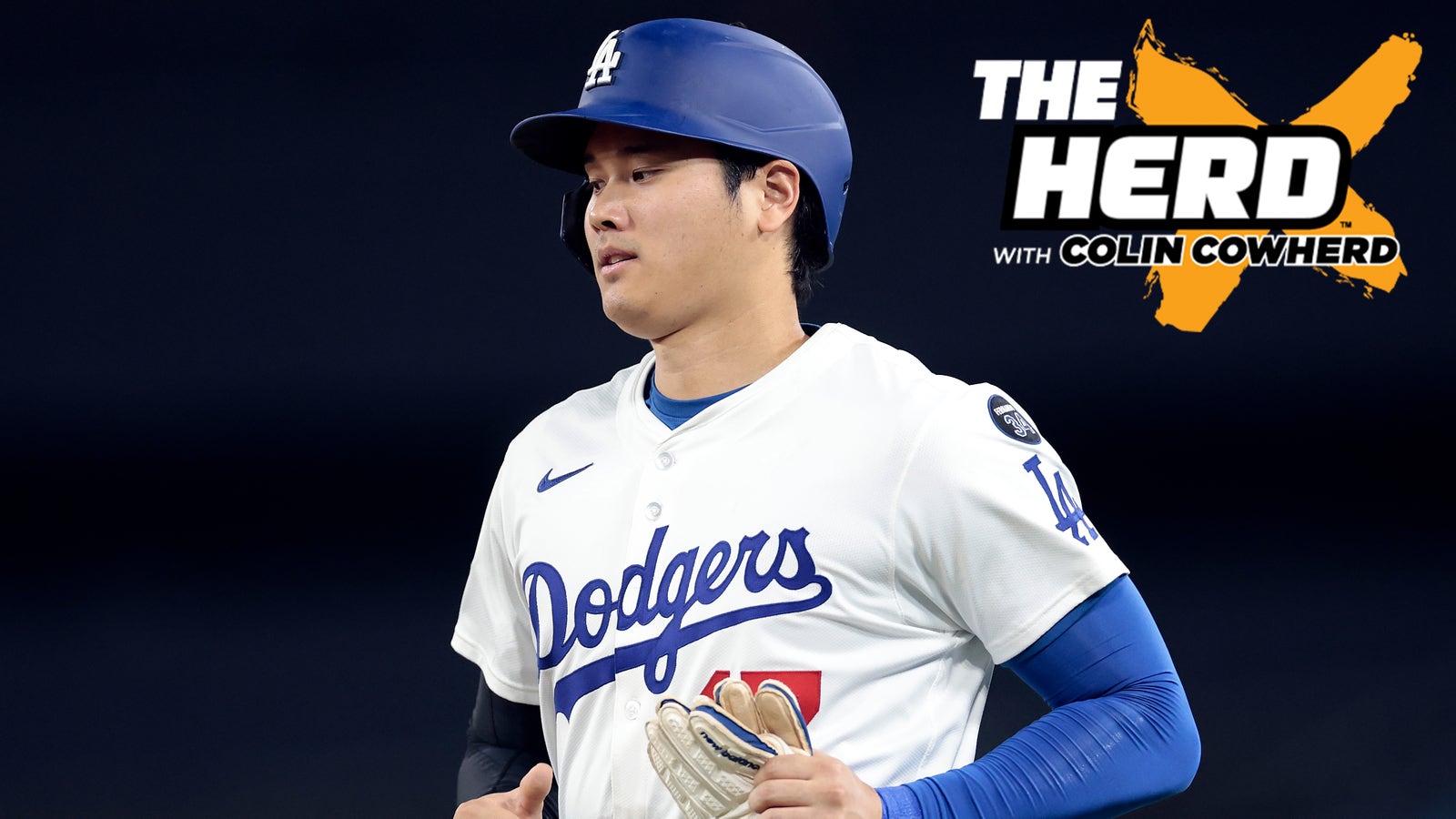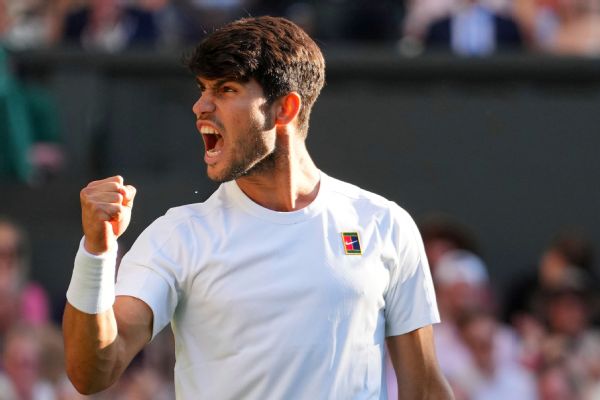Fabinho has two nicknames at Liverpool: ‘The Lighthouse’ (he minimises danger and controls chaos) and ‘The Dyson’ (like a vacuum cleaner, he picks everything up).
Last season, however, the 29-year-old’s light was beginning to fade and his mechanism seemed faulty, which means his likely move to Saudi Arabian club Al Ittihad in this window is less of a blow than it might have been 12 months ago – especially if a £40million ($52.4m) fee is finalised.
But with the possibility of captain Jordan Henderson leaving for Saudi, too, Liverpool’s midfield suddenly looks short of depth and experience, despite the recent additions of Alexis Mac Allister and Dominik Szoboszlai from Brighton and RB Leipzig respectively.
Replacing the pair will be no easy task, particularly Fabinho. The Brazilian is a specialist and his form did improve in the final 10 games of last season, when he was moved to the left of the deep double pivot in the 3-box-3 system.
Finding his heir apparent was always on Liverpool’s agenda but, instead of signing a player who could develop and learn under Fabinho, manager Jurgen Klopp now needs someone who is Premier League-ready.
Using data, they have been studying a lot of players who can operate as a No 6, but who would be the very best fit? The Athletic examines the candidates…
Club: Southampton. Age: 19
It is a testament to his qualities that Lavia finished his first Premier League season with his reputation enhanced despite his club finishing bottom of the table.
Schooled at Anderlecht in Belgium, where he played two years above his age group and caught the eye of Manchester City manager Pep Guardiola, who then brought him to England, the potential has been obvious for some time. Blessed with press-resistant qualities, an exceptional passing range and the ability to carry the ball, Lavia has the confidence and composure to control the tempo of games despite not turning 20 until next year.

The standout metric from his smarterscout pizza chart is Lavia’s carry and dribble volume rating (95 out of 99), highlighting how comfortable and willing he is to have the ball at his feet and progress his team up the pitch or dribble out of trouble. His above-average ball retention (67 out of 99) demonstrates his press resistance and his confidence to receive the ball in dangerous areas around his own 18-yard box.
However, compared to Fabinho’s smarterscout ratings from his peak Liverpool season of 2019-20, there are clear differences in their profiles.

They are at the opposite ends of the spectrum for carry and dribble volume: Lavia looks to dribble very often in attacking situations, whereas Fabinho was often making simple passes to keep the move going (link-up play volume: 85 out of 99). But both are secure in possession.
Defensively, there is another significant difference, with smarterscout ranking Fabinho as a lot more effective and active, scoring high in disrupting opposition moves (81 out of 99) and defending impact (84 out of 99), suggesting he excelled at making important interceptions to limit progression for the opposition. He also got forward slightly more often than Lavia, but this could have been affected by the Belgian’s role in a relegation-bound Southampton team who couldn’t take control of many games.
Lavia’s youth gives him huge room to develop and grow though, and Klopp is exceptional at moulding players into roles which fit his system.
Despite the low rankings, Lavia was the only teenager in the 2022-23 Premier League to have made more than 50 tackles (53; 2.4 per 90 minutes), while 7.8 ball recoveries per 90 minutes placed him among the top 15 players in the division. He is not afraid to get stuck in and covers a lot of ground in similar areas of the pitch to Fabinho.

Of central midfielders who were teenagers at the start of last season in Europe’s top five domestic leagues, Lavia was one of only three who made at least 60 tackles, along with Jude Bellingham (76) and Eduardo Camavinga (68), with his tackle success (58.3 per cent) being better than Bellingham’s (55.3). Camavinga’s was 70.6 per cent, but he played several games at left-back for Real Madrid.
After Ruben Selles took charge of Southampton in February and challenged Lavia to be more dominant in matches, no player in the Premier League won the ball in the middle and attacking thirds of the pitch more than him.
The 19-year-old impressed Southampton’s coaching staff by listening to and learning from their senior players’ advice. He would be required to show that willingness again if Liverpool were able to sign him, but his lofty £50million price tag continues to put clubs off from making their interest concrete.

GO DEEPER
Romeo Lavia is Southampton’s utopia – a youthful buy to sell for big profit. He has excelled
Florentino Luis
Club: Benfica. Age: 23
A young, exciting, expensive talent at Benfica coming off an impressive breakthrough season coming to Anfield to replace an outgoing star whose powers are fading. Sound familiar?
Klopp made Darwin Nunez a big-money signing from that Portuguese club last summer, after Sadio Mane joined Bayern Munich. With Fabinho’s exit imminent, Luis could follow a similar path from Lisbon to Liverpool.
The Portugal youth international became an integral part of Benfica’s starting XI last season, making 54 appearances in all competitions. It was a surprising and significant step up from being a bit-part player on loan at a struggling Getafe side in La Liga a year earlier.
While Lavia’s smarterscout ratings profiled differently to 2019-20 Fabinho, Luis stands out because his ratings are very similar to those of the Brazilian when he was at his peak in the red shirt.

Of the players profiled in this piece, Luis is the most active in his defending.
He averaged 6.1 tackles and interceptions per game last season, the second-highest rate for players with over 900 minutes in Europe’s top seven leagues (the Premier League, La Liga, Serie A, Ligue 1, Bundesliga, Eredivisie and Primeira Liga) only behind Sporting Lisbon’s Manuel Ugarte, who joined Paris Saint-Germain last month and had also linked with a move to Liverpool.
His tactical awareness allows him to read the game and press aggressively. Luis’ ball recoveries and interceptions (73 out of 99) and disruption of opposition moves ratings by smarterscout (89 out of 99) stand out and it is even more impressive given Benfica averaged 63.2 per cent possession last season, so his style should translate to Liverpool’s systems.
His ball retention (74 out of 99) is very good: he made more passes than any midfielder in Portugal last season, with a passing accuracy of 89.7 per cent. Liverpool’s 3-box-3 system aims to establish control and keeping the ball is crucial — and that is where Luis could thrive.

GO DEEPER
Inside Benfica’s talent factory: ‘We want our kids to win a Ballon d’Or’
Luis is not the most creative, but a Liverpool No 6 does not need to be; that responsibility falls to those in front of and around him. His 9.7 passes into the final third per game was in the top one per cent of top-seven league midfielders though, so he keeps the ball ticking over (link-up play volume: 97 out of 99) and can progress his team forward.
Fabinho arrived at Anfield aged 24 and grew into one of the best defensive midfielders in the game. Luis turns 24 next month. He has plenty of room to advance, but his starting platform is solid.
Club: Manchester City. Age: 27
While Manchester City completed a historic treble last season, the £42million midfield acquisition they made at the start of it watched virtually the whole thing from the sidelines.
Phillips joined Pep Guardiola’s side from Leeds United just over a year ago but injuries, fitness issues and the form of Rodri limited him to 21 appearances in all competitions and only 300 Premier League minutes, leading to questions about his future just a season into his time at the Etihad.
Aged 27 (he’s 28 in December), Phillips is the oldest of the options Liverpool are considering but his greater experience of the Premier League (61 appearances for Leeds and City over the past three seasons) means he would not require a settling-in period.
It is difficult to profile Phillips based on his debut year with City due to the lack of game time, so we looked at his final season at Elland Road to draw more accurate conclusions.
Despite Leeds barely avoiding relegation in 2021-22, he excelled at dictating play and only four midfielders attempted more 20-plus yard passes per 90 than his 20.3: Rodri, Ruben Neves of Wolves and Liverpool’s own Henderson and Thiago. Fabinho’s absence from the list indicates the Yorkshireman would bring a different dimension to the No 6 position.
The distribution map below highlights his ability to spray balls out wide and range of passing in all directions — the 27-cap England international is a more adventurous passer than fellow candidate Luis.

Marcelo Bielsa’s high-intensity system also saw Phillips impress as a very active defender. His 10.3 true tackles per 1,000 opposition touches were the fourth-highest that season; it’s a metric that outlines how often a player sticks a foot in (tackles and fouls during a tackle attempt and challenges missed) relative to how often the opponent has the ball.
Phillips was aggressive off the ball and would often try to nick it through big tackles and interceptions. He also made more ball recoveries (10.2 per game) than any other Premier League player that year, so clearly he is a capable sweeper who can read the game and stop opposition counterattacks — which was one of Liverpool’s biggest problems last season.
Previous evidence suggests Phillips would be a solid candidate, but it is unlikely City would entertain making a loss on someone they signed only 12 months ago.
Club: Fiorentina. Age: 26
Rewind to the end of 2022, when Amrabat was earning plenty of plaudits on the pitch as his Morocco side advanced to the semi-finals in the World Cup. Off it, speculation swirled that Liverpool were keen to make him part of their midfield rebuild.
Liverpool did hold an interest but other targets rose above Amrabat in the pecking order. Nobody, however, predicted Fabinho’s exit and that has led to another change of strategy.
Amrabat — who has previously attracted Tottenham — grew up playing “no-rules” football on the streets near his home in the Netherlands, taking on bigger and older boys. This built up his resilience and likely shaped his combative instincts. In that World Cup, Amrabat ran the furthest of any player (81.4km — just over 50 miles), despite needing painkilling injections to get through four of his seven starts.
His defensive capabilities were clear to see — the highlight being a magnificent pursuit and sliding challenge on France’s Kylian Mbappe in that semi-final. Amrabat made the most recoveries of any player at the tournament, proving he is a talented sweeper.

(Photo: Antonin Thuillier/AFP via Getty Images)
Domestically, he wasn’t a relentless ball-winner for Fiorentina in Italy’s Serie A, as he averaged 2.7 tackles and interceptions per 90, significantly less than Luis.

GO DEEPER
Sofyan Amrabat exclusive: My ‘perfect’ tackle on Mbappe and ‘learning so much’ from Ten Hag
In possession, Amrabat is a capable long-range passer who circulates the play well. Of Serie A midfielders last season, he completed the most long passes per game (9.7) while retaining a high long-pass accuracy (84.1 per cent). He is a high-volume passer who both links play and progresses his team forward. His passes into the final third, progressive passes, and progressive passing distance all ranked in the top five per cent of midfielders in the division.
His World Cup passing sonar shows he often looks forwards and sideways when in possession. Similar to Phillips, he can play long balls out wide with impressive accuracy, illustrated by the almost full bars in those directions.

Of the players here, the 26-year-old is likely to be the most affordable and safe option who could come in and be a first-XI-ready player for Klopp from day one.
The question would be if and how he can replicate his active World Cup defending on a weekly basis.
Ryan Gravenberch
Club: Bayern Munich. Age: 21
Dutch international Gravenberch is the name that will not go away. Liverpool’s interest in him is well-known and the club met the player’s agents earlier this year to assess his situation at Bayern.
The Ajax academy graduate endured a difficult first season in Germany after a move from the Amsterdam club, struggling for game time. He has talked publicly about his desire to see more action, although he is determined to become a success at Bayern.
Despite only making six starts in 2022-23, Gravenberch is still viewed as one of the most exciting prospects in Europe and has the attributes to become one of the game’s leading midfielders over the next decade. He can operate on the left side of a double pivot or in a more advanced left-sided midfield position as a No 8. He excels at playing the pre-assist pass, recording 11 of them in the 2021-22 Eredivisie — the most in the division.

Taking his smarterscout pizza chart from that final season at Ajax, Gravenberch’s carry and dribble volume rating (92 out of 99) stands out. His large strides and wiry frame, married with his close control, allow him to drive past opponents. He attempted 3.9 take-ons per 90 minutes in 2021-22, which placed him in the top five per cent among all midfielders in the Dutch top flight.
Despite being a relatively high-volume dribbler, he retains the well (ball retention: 73 out of 99). This is complemented by his passing, which he predominantly keeps short and simple, although he will look to progress the play, especially in the final third given the opportunity (xG from ball progression: 51 out of 99).
Gravenberch has a defensive side to his game, too, most notably in stopping the opposition from progressing the ball (defensive impact: 77 out of 99), which is crucial to preventing counter-attacks. He is also an impactful ball-winner.
Club: Aston Villa. Age: 23
While Douglas Luiz was the Villa midfielder linked with a move to Anfield in the recent past, it is his colleague Kamara who has been identified as a possible Fabinho replacement.
Signed as a free agent last summer from Marseille by former Liverpool midfielder Steven Gerrard when he was Villa manager, the 23-year-old’s first season in England was disrupted by two injuries, limiting him to 21 Premier League appearances.
But after becoming Villa coach in October, Unai Emery identified the Frenchman as a tactically intelligent midfielder who was the key to implementing his system.

(Photo: Eddie Keogh/Getty Images)
Having played there in his youth, Kamara can drop in as an extra centre-back when defending, demonstrating his awareness and positional understanding to shield his team’s back line. Then, when the ball turns over, he becomes a deep-lying playmaker and facilitator.
He profiles as another ball-winning type who is not afraid to get stuck in, averaging nine true tackles per 1,000 opposition touches last season — the eighth-most intense rate of central midfielders in the Premier League. Kamara’s tackles and interceptions are spread out across the pitch; this highlights his athleticism and ability to press high and aggressively. He would offer the energy and versatility the No 6 role needs.

Where he does not compare to others on the list is his progressive passing, ranking in the bottom 45 per cent of Premier League midfielders in that category.
Kamara does retain possession well, which Villa identified as one of his biggest strengths, keeping the ball moving as a press-resistant midfielder. The passing range may not be as expansive as others but that was identified as an issue last season and worked on as an area to improve.
Club: Crystal Palace. Age: 23
The 23-year-old enjoyed an impressive debut campaign in the Premier League at the heart of Crystal Palace’s midfield, earning him the fans’ player of the season award.
Signed from Lens last summer for a fee which could rise to €26million, Palace are likely to demand a substantial amount for one of their key players.
Doucoure excelled at breaking up play and recycling possession in the No 6 role and that is reflected in his smarterscout ratings which illustrated his high volume of ball recoveries and interceptions (63 out of 99).

He is an active defender (defending intensity; 63 out of 99) and the rest of the defensive rankings are solid, but not stand-out, compared to other Premier League defensive midfielders.
In possession he contributed to his side’s attacking play although it was not key to his role, looked to be progressive with his passing (63 out of 99), and was comfortable carrying the ball forward fairly frequently (51 out of 99). He attempted a high volume of shots (86 out of 99) compared to others in his position, although he is yet to score.
The big question mark surrounds his ball retention ability (34 out of 99) and his link-up play volume (21 out of 99) which are both below average.
Crucial to Fabinho’s role is not turning the ball over, and keeping things ticking by playing a high number of shorter passes to the more creative players around him. The difference in control Liverpool would have in matches compared to Palace suggests they would increase, but both would have to improve.
(Top photos: Getty Images)




